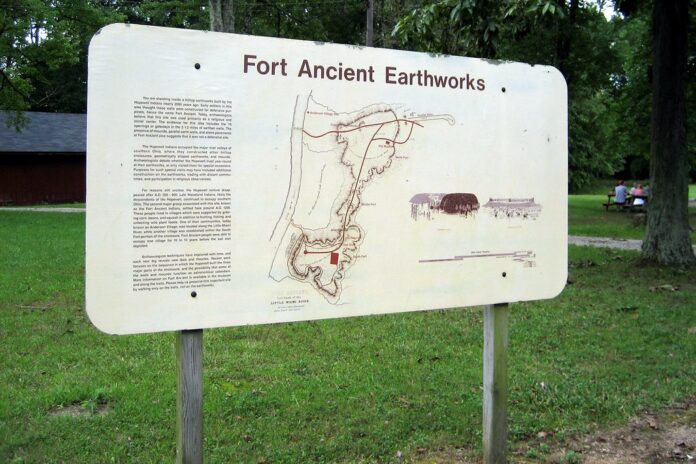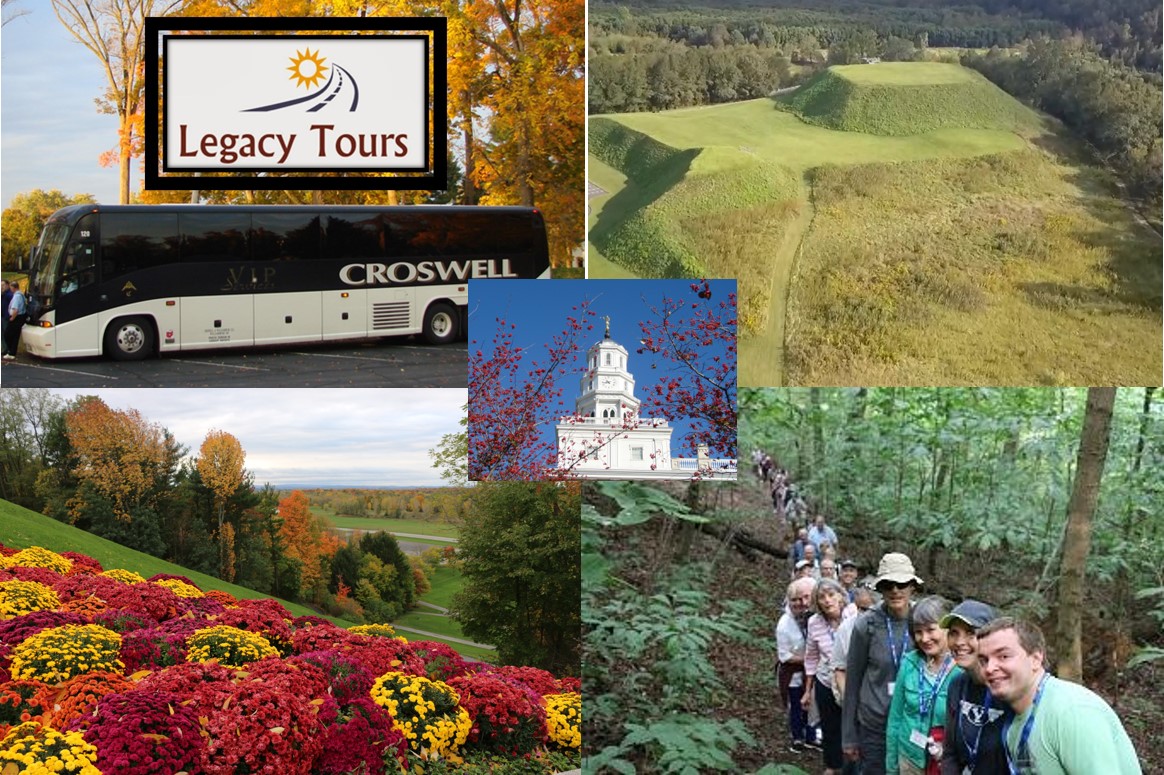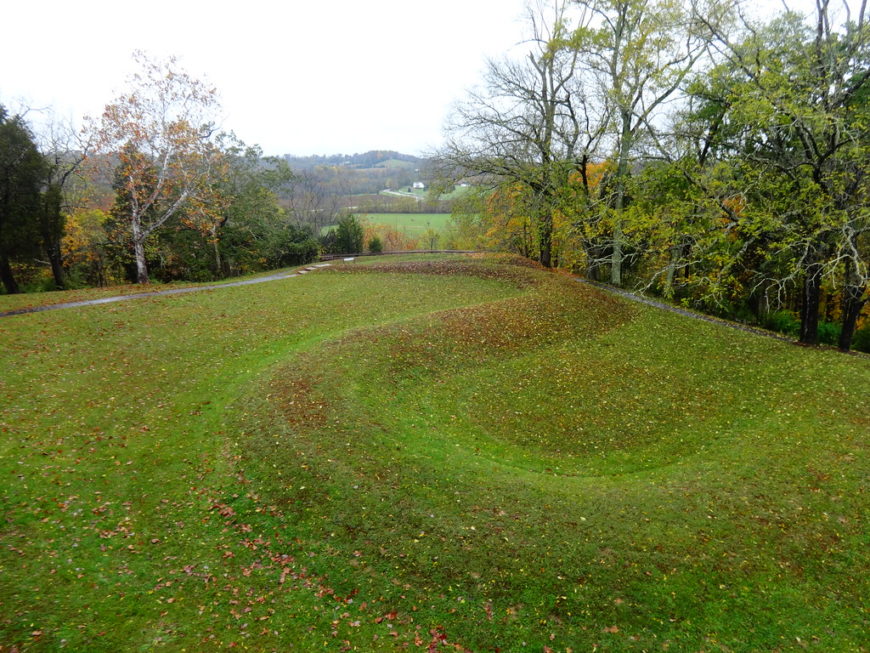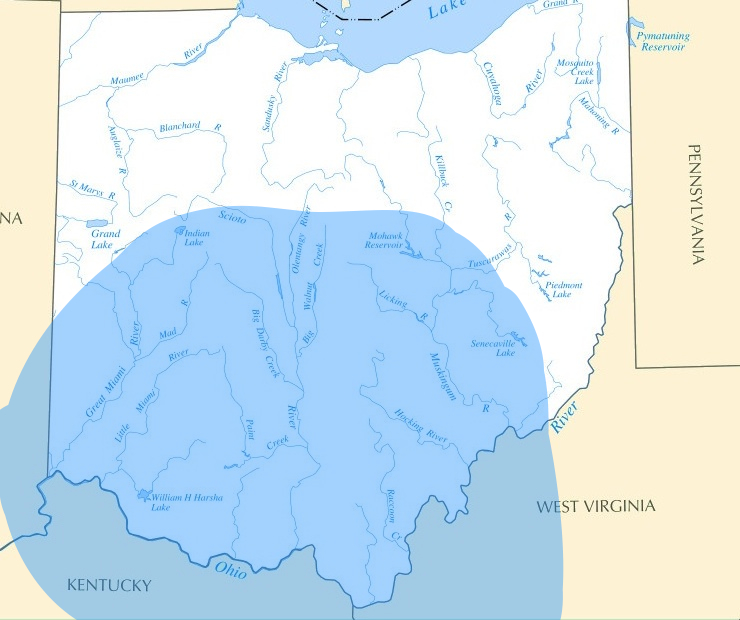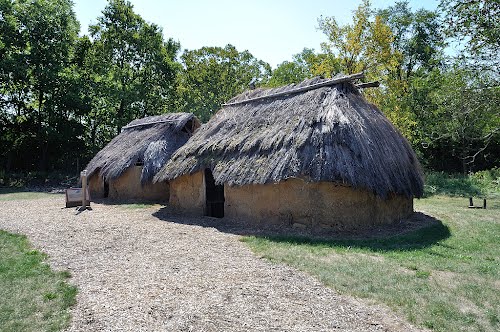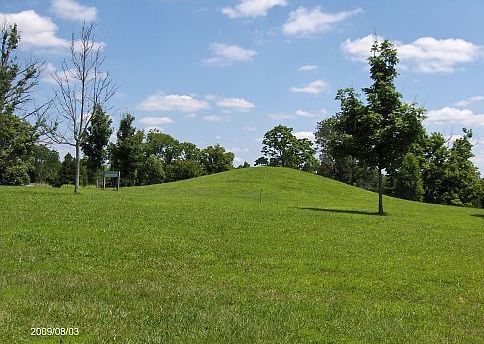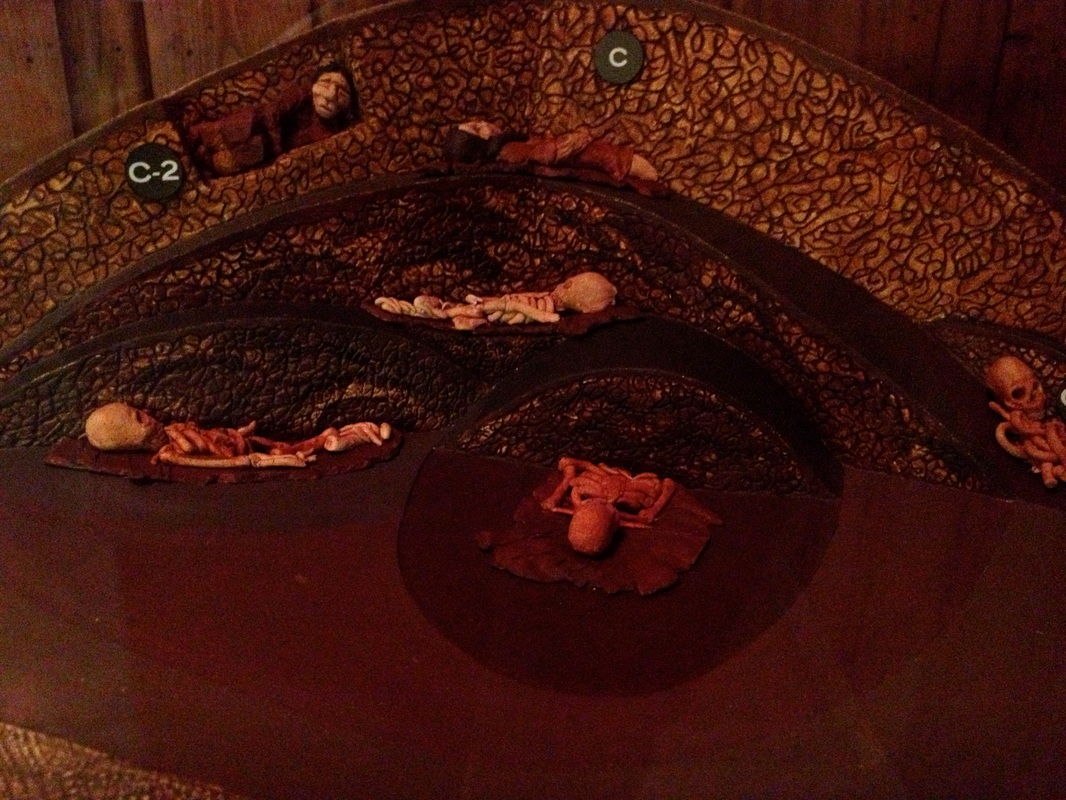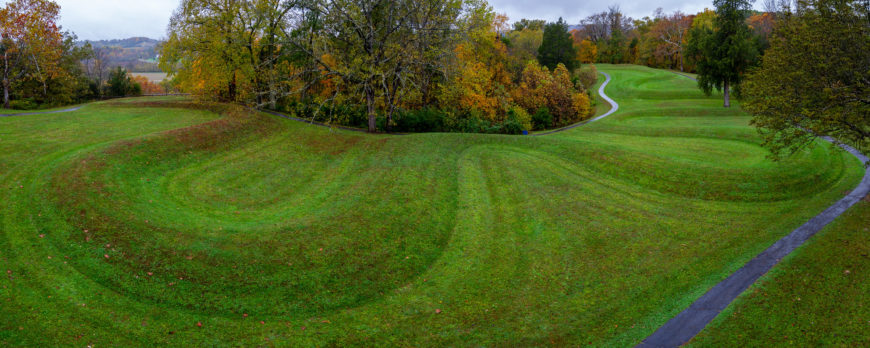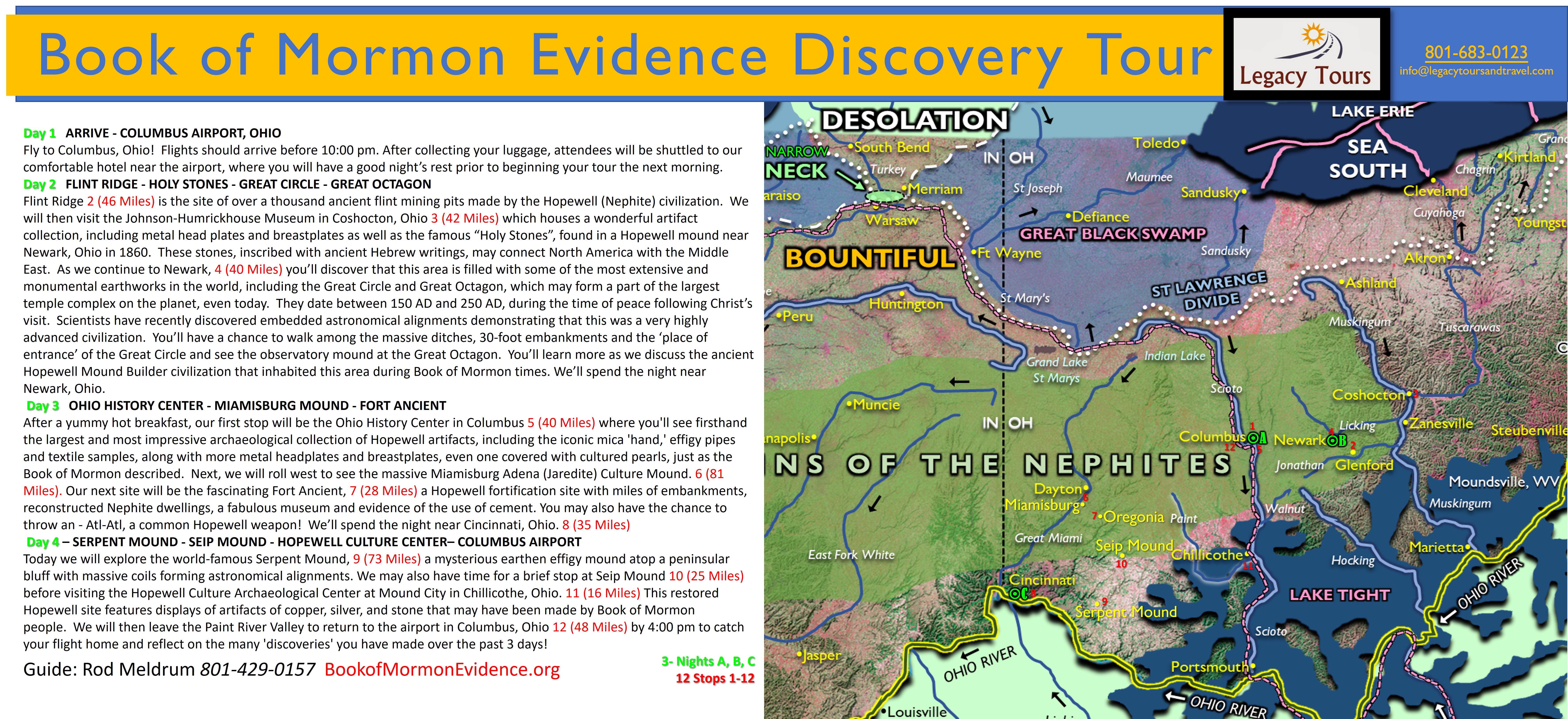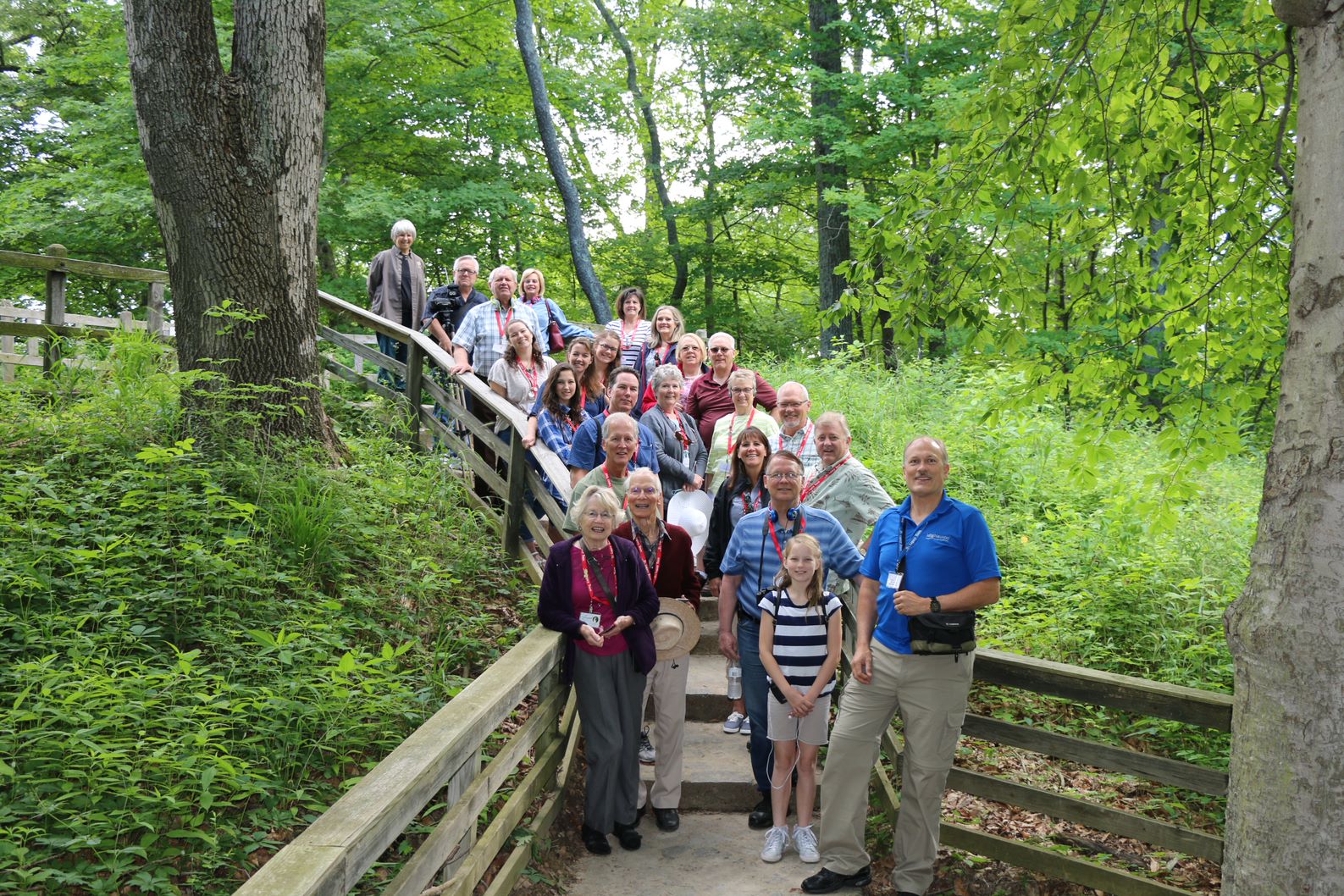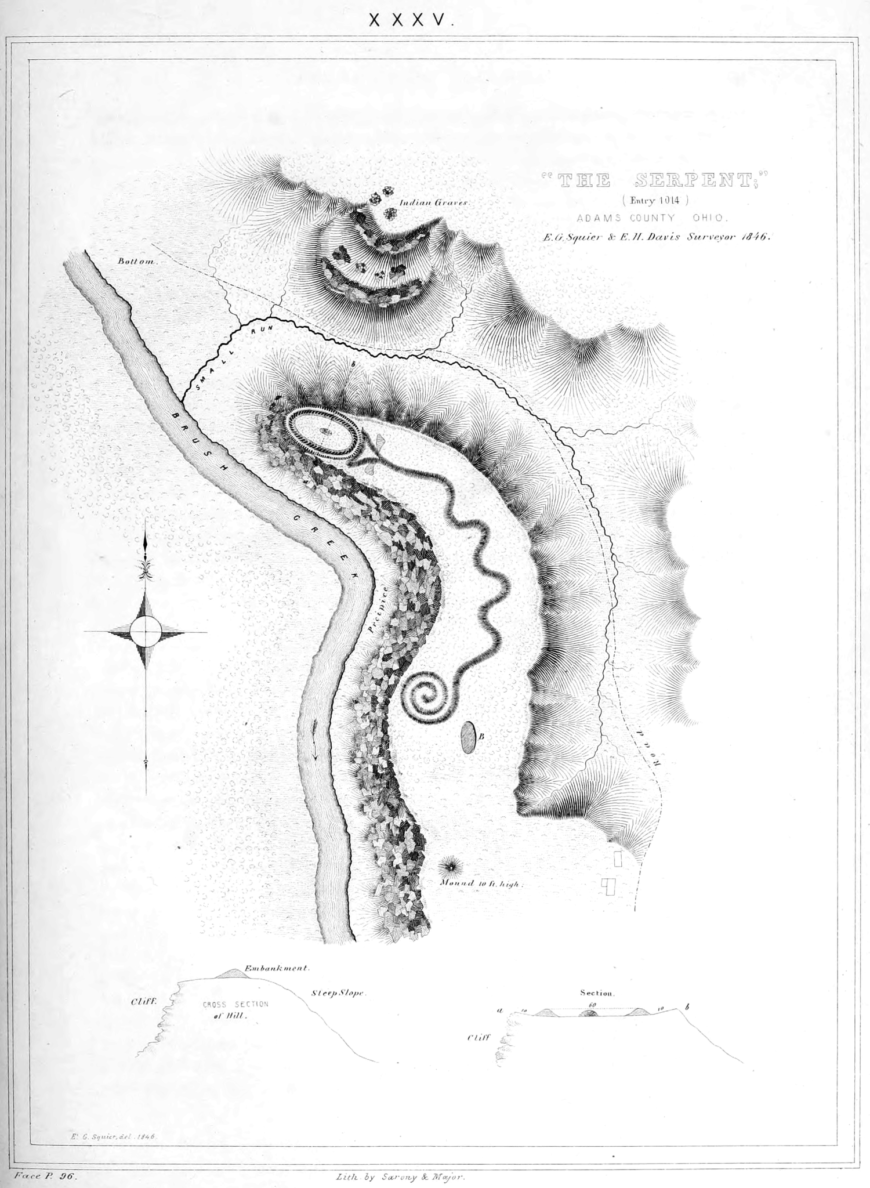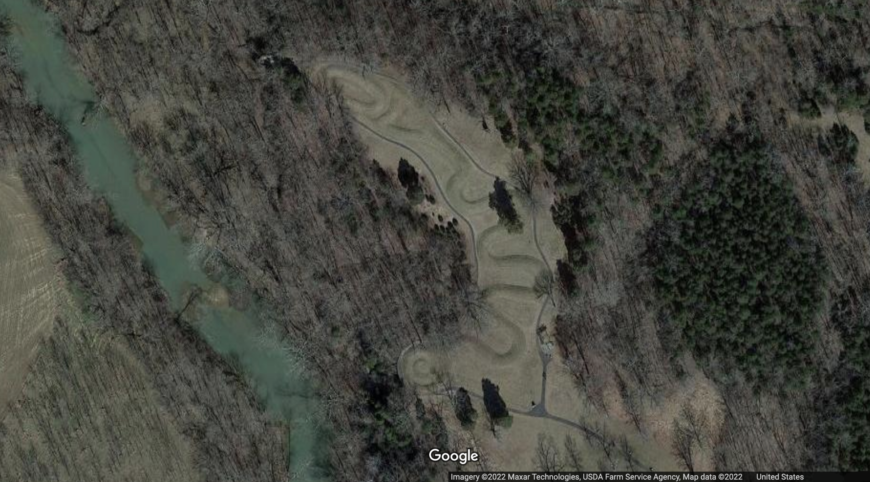In about 900 AD the Mayan civilization ended in Mexico and it seems they migrated up the Mississippi and conquered the Lamanites in North America. Later the original Native American pushed the Mayans back to Central America.
Ruins in Georgia mountains show evidence of Maya connection
The December 21, 2011 headline of the article put online by the Examiner declared: “Ruins in Georgia mountains show evidence of Maya connection.” It was written by Richard Thornton who writes articles on architecture and design for the Examiner’s Web site, which pays writers’ fees based on how many people view the ads on the Internet page. According to the article, which created a massive Internet response, “a group of archaeologists discovered the ruins of a 1,100-year-old Maya city” on the sides of a steep mountain in Georgia. The article related that 154 stone masonry walls, a sophisticated irrigation system, and other stone ruins were at the site. The archaeological team was led, back in 1999, by Dr. Mark Williams, who recovered pottery at the mounds found on the top of the mountain. The article, quite large for an Examiner post, presented virtually no evidence for the claim of Maya ruins other than the claim of the stone walls and Native language similarities to Mayan, but referred readers to Thornton’s book on the site.
One site included on the May 2012 A.R.E. Georgia Mound Tour is Ocmulgee National Monument, a massive complex inhabited as early as 17,000 years ago. There are seven huge mounds at the site with the largest being a truncated pyramid standing 55 feet high with a base of 270×300 feet. An underground earth-lodge is at the center of the site and we plan to conduct a ceremony while inside this earthen structure. Ocmulgee is one of the few American mound complexes where archaeologists concede that a definite influence from ancient Mexican cultures is present. Specific types of tobacco, clothing, pottery, and statues excavated at the site show the connection. It is thought that when the Teotihuacan pyramid-building culture collapsed around AD 600, a migration took place to the north, eventually reaching Georgia as well as other places. https://www.edgarcayce.org/about-us/blog/blog-posts/maya-ruins-in-georgia-the-real-story/
Mesoamerican Connections in North America, but Nephites began civilization in the heartland of the USA
“FOR DECADES, LDS SCHOLARS HAVE LABORED TO ESTABLISH and defend a Mesoamerican setting for the Book of Mormon because they believed they were vindicating what Joseph Smith wrote (or approved) in three articles published in the Times and Seasons on 15 September and 1 October 1842. The discovery that it was someone other than Joseph Smith, Wilford Woodruff, or John Taylor who wrote the articles, led to the further discovery that Benjamin Winchester wrote the articles linking the Book of Mormon to Central America, and that William Smith edited and published them. These discoveries raise serious questions about the original premise for both hemispheric and Mesoamerican theories of Book of Mormon geography. Although now discredited, these Times and Seasons articles have influenced generations of Latter-day Saints—members, scholars, and leaders —and have been frequently cited by those who advocate a Mesoamerican setting.” Moroni’s America Chapter 28 by Jonathan Neville
Mayan Civilization Collapses 900 AD
The remaining Lamanites after about 600 AD spread all over the continent once again as they had in 600 BC when Lehi first landed. In about 900 AD the Mayan civilization collapsed. Archaeologists and scientists explain that the Mayans most likely went north, probably using the Gulf of Mexico and the Mississippi River and spread into the southern states of the U.S. Native Americans knew these Mayans as “Snake people” from the south as they appeared to be a fierce people that came from Mesoamerica. It then would have been easy for these Mayans to utilize the rivers to travel inland to the Midwest or southeastern parts of the U.S. We know that one of the largest ancient civilizations of North America is at Cahokia near St. Louis, Missouri which is right on the Mississippi. Cahokia is dated at about 1000-1200 AD. Cahokia is not a city that was built by the Heartland Core Nephites, but probably by the Mesoamerican Periphery Mayans.
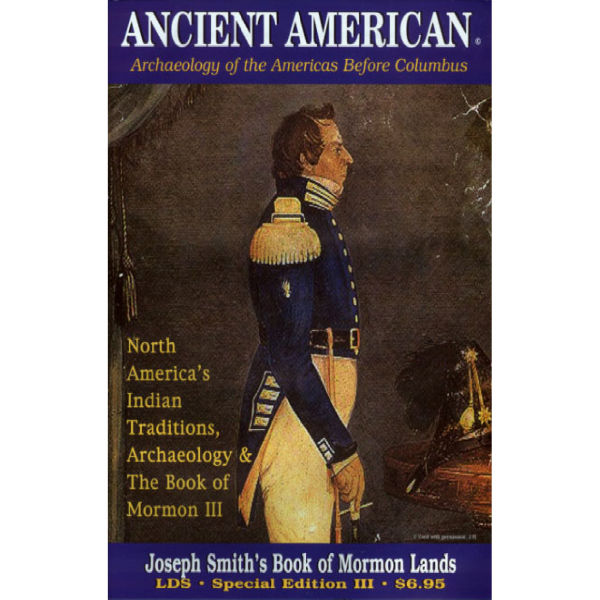
“Who built the mounds during the Mississippian Culture period? In an interview with a Native American, Wayne May, author and publisher of Ancient American Magazine, asked a Chieftain: “Who built Cahokia?” The Chieftain responded to Wayne: “We did, the Native Americans. But we built it as slaves.” Wayne then asked: “Slaves to who?” The Chieftain replied: “We were slaves to the Snake people who had come up from the south…as a cohesive army. They enslaved us and for the space of 200-300 years they forced us to build these gigantic structures. But then we were finally able to overthrow them and drive them back out of our lands. But by that time we had intermarried with them for 200-300 years. So many of our people ended going back to the southern lands.” The “Snake people” from the south appear to be people that came from Mesoamerica during a time of severe drought in their lands.” Annotated Book of Mormon by David Hocking and Rod Meldrum page 540 (Emphasis added)
Possible Maya site discovered in North Georgia?


Archaeological zone 9UN367 at Track Rock Gap, near Georgia’s highest mountain, Brasstown Bald, is a half mile (800 m) square and rises 700 feet (213 m) in elevation up a steep mountainside. Visible are at least 154 stone masonry walls for agricultural terraces, plus evidence of a sophisticated irrigation system and ruins of several other stone structures. Much more may be hidden underground. It is possibly the site of the fabled city of Yupaha, which Spanish explorer Hernando de Soto failed to find in 1540, and certainly one of the most important archaeological discoveries in recent times.
BLAIRSVILLE, GA (December 21, 2011) — Around the year 800 AD the flourishing Maya civilization of Central America suddenly began a rapid collapse. A series of catastrophic volcanic eruptions were followed by two long periods of extreme drought conditions and unending wars between city states.
Cities and agricultural villages in the fertile, abundantly watered, Maya Highlands were the first to be abandoned. Here, for 16 centuries, Itza Maya farmers produced an abundance of food on mountainside terraces. Their agricultural surpluses made possible the rise of great cities in the Maya Lowlands and Yucatan Peninsula. When the combination of volcanic eruptions, wars and drought erased the abundance of food, famines struck the densely populated Maya Lowlands. Within a century, most of the cities were abandoned. However, some of the cities in the far north were taken over by the Itza Maya and thrived for two more centuries.” Read the full article here: http://www.examiner.com/architecture-design-in-national/massive-1-100-year-old-maya-site-discovered-georgia-s-mountains
Fort Ancient- (900 to 1500 AD)
Largest Prehistoric Hilltop Enclosure in the United States
“Fort Ancient (33 WA 2)is a collection of Native American earthworks located in Washington Township, Warren County, Ohio, along the eastern shore of the Little Miami River about seven miles (11 km) southeast of Lebanon on State Route 350. The site is the largest prehistoric hilltop enclosure in the United States, with three and one-half miles (18,000 ft) of walls in a 100-acre (0.40 km2) complex. Built by the Hopewell peoples, who lived in the area from the 1st century BC to the 6th century AD, the site is situated on a wooded bluff 270 feet (82 m) above the Little Miami. It is the namesake of a culture known as Fort Ancient, who lived near the complex long after it was constructed.
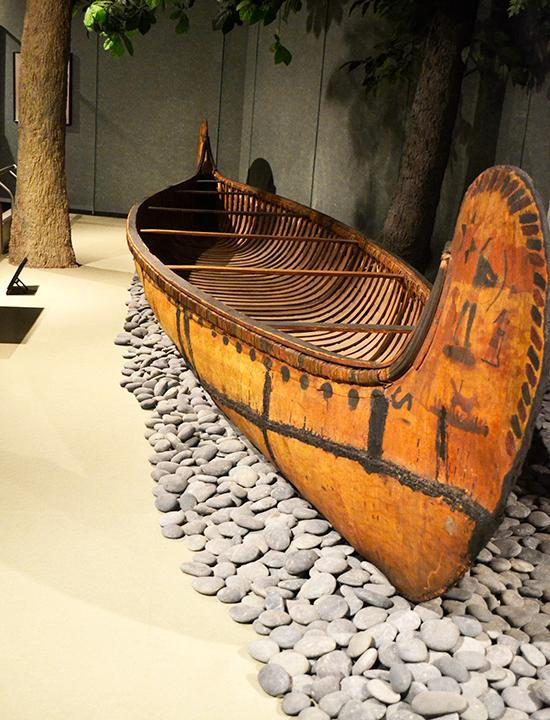
Maintained as a state historical park, the site was designated a National Historic Landmark for its significance. In addition, this is part of the Hopewell Ceremonial Earthworks, one of 14 sites nominated in January 2008 by the U.S. Department of the Interior for potential submission by the United States to the UNESCO World Heritage List.” Wikipedia
Fort Ancient Culture Descendants of the Lamanites
Lamanites are the People of Joseph
“We have a great responsibility as citizens in this land, for the Lord said that he would fight its battles and be its king, if we will just serve him. So it’s appropriate at this time that we express our appreciation for this great land. I like the words Moses used when he gave a blessing to the twelve tribes of Israel. When he blessed Joseph he promised him a new land in the utmost bowels of the everlasting hills (see Deut. 33:15). Now that isn’t in Jerusalem because they don’t have everlasting hills over there, and the prophets have never predicted a regathering of all nations to the land of Israel. But they have predicted the gathering of Israel to this land of America, which is the land of Joseph. And we are the only people in the world who know what that land is that Moses promised to Joseph. It was so great in his eyes as he received the revelations of the Holy Spirit that in describing the land he used the word “precious” five times in just four verses…We have so much to be grateful for. We are not here by chance. We are here because of the sacrifices of our pioneer fathers who came to this choice land that the Lord, according to the Book of Mormon, had hidden away from the eyes of the world that it should not be overrun. He preserved it for us, for the day and time in which we now live here in these valleys of the mountains.” LEGRAND RICHARDS of the Quorum of the Twelve Apostles
Serpent Mound
Aerial view in color of Serpent Mound, Adams County, Ohio. Excavations conducted in 1991 recovered charcoal that returned radiocarbon dates suggesting that the Fort Ancient people built the mound between about 1025 A.D. and 1215 A.D.
The Fort Ancient culture thrived in southern Ohio and northern Kentucky. Villages were made up of a number of circular or rectangular houses surrounding an open plaza. The Fort Ancient people continued to build small burial mounds, but gradually shifted to burials in a cemetery area with no mounds.
“There is evidence that the Fort Ancient culture built Serpent Mound in Adams County, Ohio. They also may have built the “Alligator” Mound of Licking County, but that effigy is not likely a sculpture of an alligator. It is more likely an effigy of a panther, opossum, or a salamander.” https://ohiohistorycentral.org/w/Fort_Ancient_Culture
Explore the largest and best-preserved prehistoric hilltop enclosure in the United States with Rod Meldrum at Fort Ancient Earthworks & Nature Preserve’s 2,000-year-old monument. The site also offers more than 2.5 miles of hiking trails, two scenic overlooks, a museum, a seasonal outdoor garden and a picnic area.
Who Built Cahokia? (Fort Ancient, Influenced by the Mississippian’s)
Remeber as I said earlier, the Fort Ancient people are the continuation of the Lamanites who defeated the Nephites at Hill Cumorah. The Mississippian are people who came up from Mexico as the Mayans in about 900 Ad to conquer the original Lamanites of North America. These people we called thee Snake People by the Lamanites.
Determining exactly which culture designed and built the effigy mound, and when, is a matter of ongoing inquiry. A broad answer may lie in viewing the work as being designed, built, and/or refurbished over an extended period of time by several Indigenous groups. The leading theory is that the Fort Ancient Culture (1000–1650 C.E.) is principally responsible for the mound, having erected it in c. 1070 C.E. This mound-building society lived in the Ohio Valley and was influenced by the contemporary Mississippian culture (700–1550), whose urban center was located at Cahokia in Illinois. The rattlesnake was a common theme among the Mississippian culture, and thus it is possible that the Fort Ancient Culture appropriated this symbol from them (although there is no clear reference to a rattle to identify the species as such).
An alternative theory is that the Fort Ancient Culture refurbished the site c. 1070, reworking a preexisting mound built by the Adena Culture (c.1100 B.C.E.–200 C.E.) and/or the Hopewell Culture (c. 100 B.C.E.–550 C.E.). Whether the site was built by the Fort Ancient peoples, or by the earlier Adena or Hopewell Cultures, the mound is atypical. The mound contains no artifacts, and both the Fort Ancient and Adena groups typically buried objects inside their mounds. Although there are no graves found inside the Great Serpent Mound, there are burials found nearby, but none of them are the kinds of burials typical for the Fort Ancient culture and are more closely associated with Adena burial practices. Archaeological evidence does not support a burial purpose for the Great Serpent Mound. https://smarthistory.org/fort-ancient-culture-great-serpent-mound/
Fort Ancient Ceramic Jar

The decorations incised on this ceramic jar identify it as a product of the Fort Ancient people, a late pre-contact culture living in southern Ohio between 1100 and 450 years ago. Fort Ancient people were Ohio’s original farmers, growing crops of corn, beans, and squash, and thrived in southern Ohio and northern Kentucky. Villages were made up of a number of circular or rectangular houses surrounding an open plaza. The Fort Ancient people continued to build small burial mounds, but gradually shifted to burials in a cemetery area with no mounds. The jar measures approximately 6.5″ (16.51 cm) in diameter and is 5.5″ (13.97 cm) tall.

